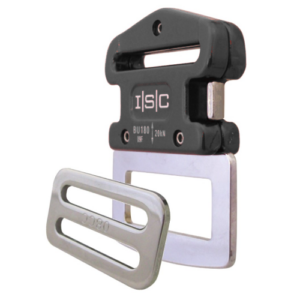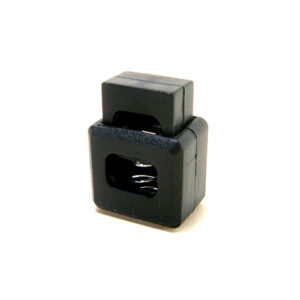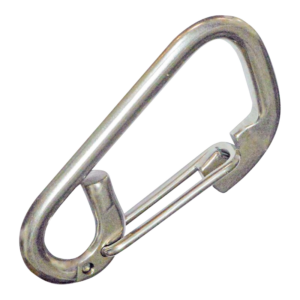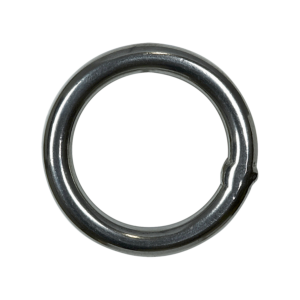Work-Positioning System
A work-positioning system is used when a worker is suspended on a rope. Examples are:
- A rope access system (in which the worker abseils down the side of a building)
- Work on a sloping roof
- Pole work performed by electrical workers
- Work on broadcast and power transmission towers in which the worker is suspended from the structure
- Tree surgery
Work-positioning systems are considered to be higher than fall-arrest systems in the hierarchy of control, because the risks of a fall, with its uncertain consequences, are avoided, as the worker is already partially or completely hanging in suspension.
Rope access is a specialised activity which requires specific training and is not within the scope of this booklet.
A work-positioning system can only be justified if any fall that might occur is a limited free fall, meaning that it cannot be greater than 600 mm. A work positioning harness may have attachment points as for a fall-arrest harness, or an attachment point at the front of the waist, or a pair of attachment points on the hips for attachment to a pole strap, as used by electrical workers.
At present it is permitted to perform pole work with a waist belt only, but it is likely that in future versions of the harness standard only harnesses (incorporating leg loops) will be permitted.
Climbing fixed ladders with a drop line is not strictly work-positioning, but a work-positioning harness can be used provided the system does not allow a fall of over 600 mm. See section 9.

















